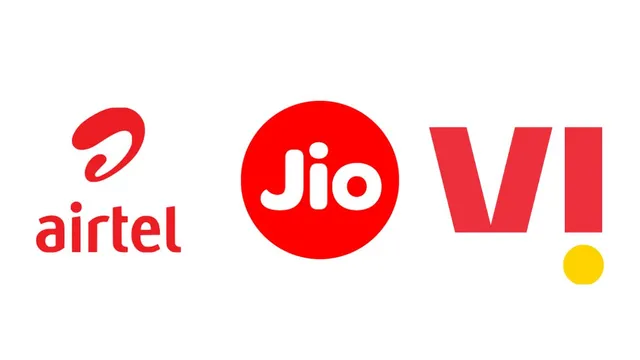- By Alex David
- Tue, 03 Jun 2025 11:40 AM (IST)
- Source:JND
The Cellular Operators’ Association of India COAI has vehemently opposed TELECOM REGULATORY AUTHORITY OF INDIA (TRAI) recommendations for pricing satellite communication (SATCOM) spectrum. In a letter to the Department of Telecommunications (DOT) dated May 29, COAI stated that the recommendations have disproportionate spectrum pricing compared to terrestrial service networks and consider satellite services lower. COAI indicated that such an imbalance may gravely threaten the economic viability in perpetuity of Indian telecom infrastructure.
COAI requested government intervention and the formation of a dedicated committee to ensure unbiased and equitable recommendations. The council went on to highlight the need for input from terrestrial telecom operators, claiming their use case has not been represented from a standpoint where they have been discriminated against.
Concerns Over Regulatory Advantage to Satellite Operators
As articulated by COAI, the TRAI recommendations provide notable competitive advantages to non-geostationary orbit satellite systems (NGSO), especially with respect to broadband. COAI articulated concern that satellite-based telecommunication services might emerge into the market with a disproportionate competitive edge, placing their services in direct conflict with already established telecom service providers bound by strict regulations and financial obligations.
COAI also chided TRAI for overestimating the terrestrial infrastructure and underestimating the capabilities of satellite broadband. It remarked that the assessment bypassed the actual network capabilities, resulting in policy recommendations further from a rational scope.
ALSO READ: Instagram For iPad May Finally Launch This Year: What We Know So Far
Objection to Proposed Spectrum Charges
The authority now mandates that satellite operators pay 4 per percent of their adjusted gross revenue (AGR) as spectrum usage charges. Companies providing satellite-based broadband services in urban regions would also face an added charge of ₹500 per subscriber per year, while those in rural areas would be exempt from such taxes.
COAI contends that this model of pricing defends neither the correct rationale nor the argument that next-generation NGSO networks now directly compete with mobile and fixed-line broadband. The association has also noted that the proposed charges are not only lower than what is already set for geostationary VSAT services but also apply to operators who do not compete with telecoms.
Digital Bharat Nidhi Subsidy Criticised
With regard to financing satellite connectivity through the subsidization from the Digital Bharat Nidhi (DBN) fund, the association stated further reasons for concern. Since COAI claimed that a large part of DBN comes from levies on providers of UNAN, it is unreasonable to claim this fund to subsidize competitive satellite services. This would lead to not only distorting market dynamics but also disadvantaging the very companies paying into the fund.
ALSO READ: OnePlus Pad 3 To Launch On June 5: Key Specs, Features, And What To Expect
Call for Transparency and Stakeholder Inclusion
In its concluding remarks, COAI noted the absence of sufficiently detailed public consultations on competitive balance, spectrum valuation and assignment issues, and asked for better transparency alongside scrutinization balance consistent with the Telecommunications Act of 2023.
The association pointed out that these policies ought to be developed with open and evidence-based discourse, as well as with the objective of fostering fair competition across the different levels of services offered.
The persistent conflict between conventional telecom companies and newly emerging satellite service providers marks the necessity for cohesive regulatory frameworks as India continues to pursue its digital network integration objectives. COAI’s suggestion highlights the need to ensure that innovation does not compromise competition and market balance.

